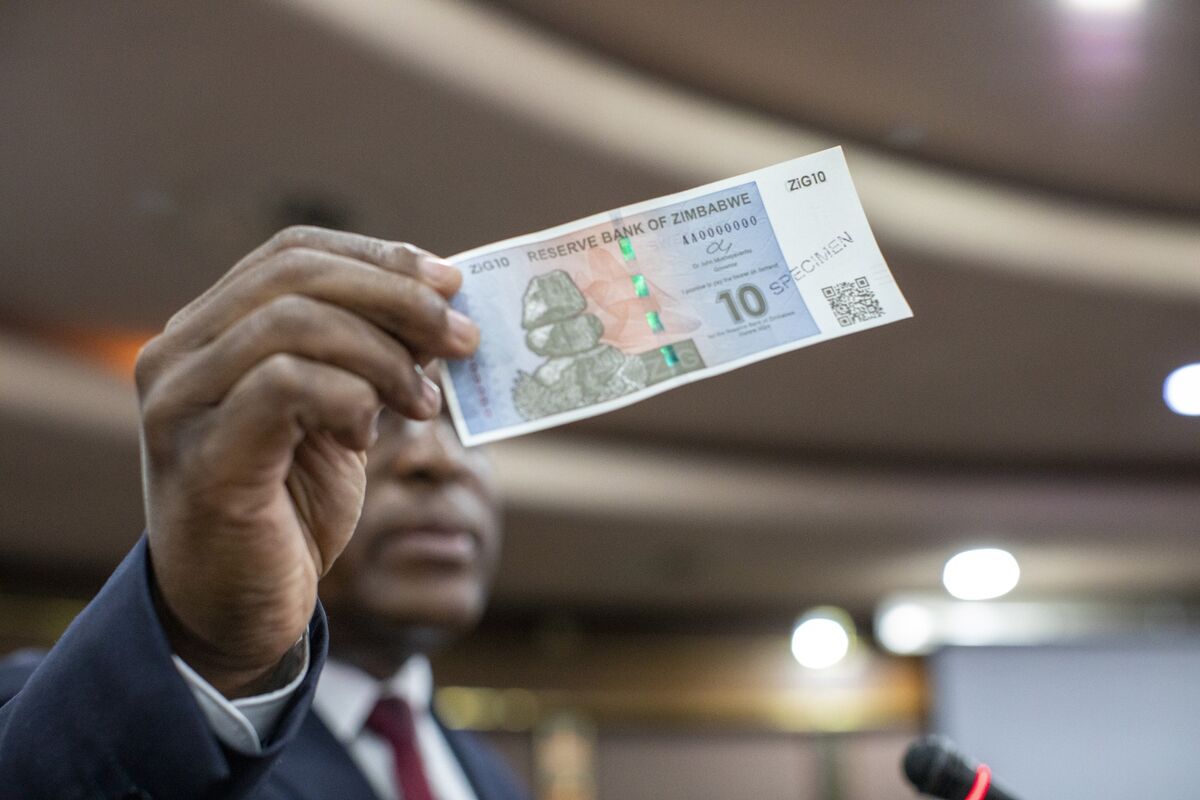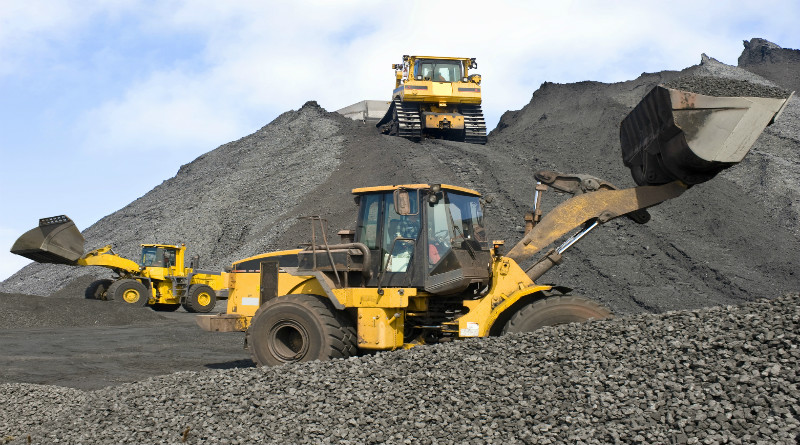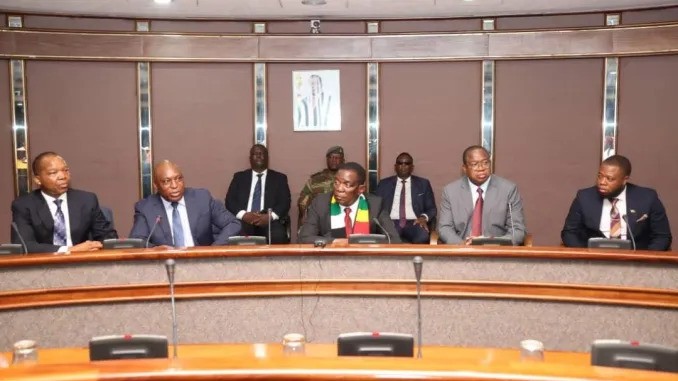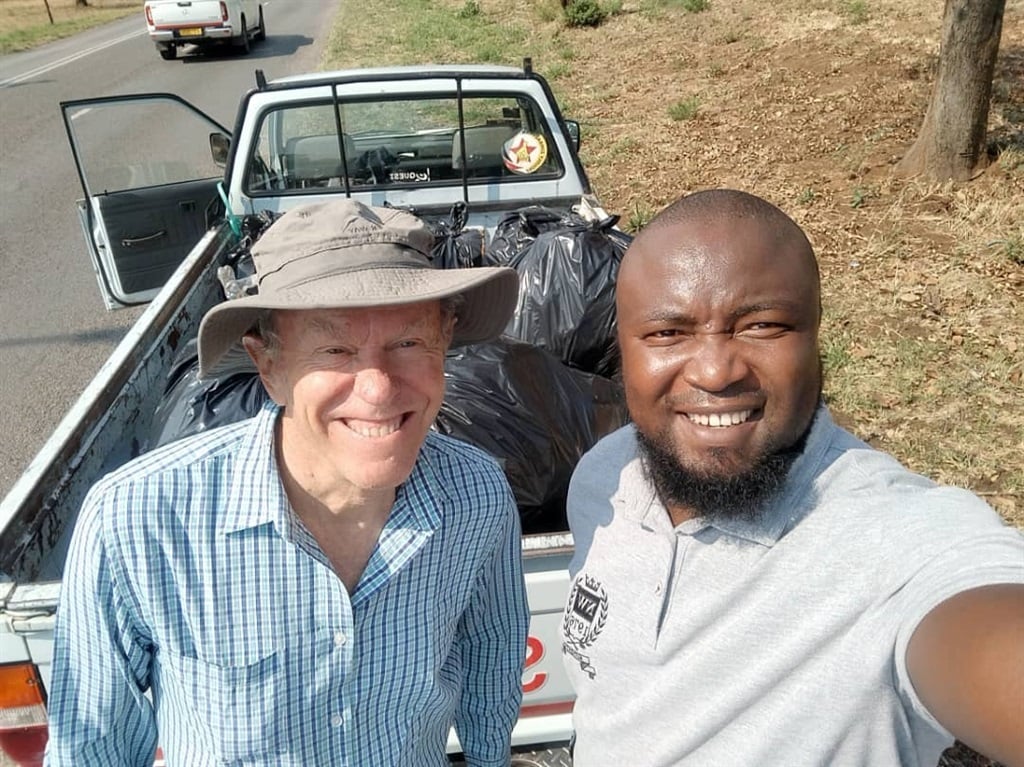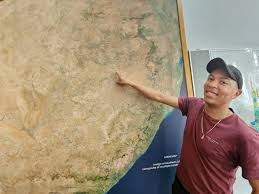by Ray Ndlovu
DESPITE crippling power cuts that have intensified across the country — with indications that the worst is still yet to come —ZESA Holdings is exporting power to neighbouring Namibia.
The Financial Gazette revealed that the power utility is exporting 80 megawatts (MW) of power to Namibia, amid the ongoing power crisis in the country.

This is not the first time that ZESA has exported power to neighbouring countries, ironically when at home it is faced with a power deficit, which has threatened to bring the country to its knees.
In 2007, the Zimbabwe Power Company (ZPC), a wholly-owned subsidiary of ZESA, signed a power agreement with NamPower, the Namibian power utility in which it gave ZESA US$40 million to refurbish the Hwange Thermal Power Station.
The debt was to be repaid through daily exports of 100MW of power during peak periods and 150MW during off peak hours to Namibia for five years.
“In January this year, ZESA said it had fully paid for the loan and would take up a new loan with Namibia which would see it supply NamPower with 80MW”.
“ZPC is selling 80MW in order to realise revenue to fund expansion projects at Kariba and Hwange,” Fullard Gwasira, the ZESA spokesperson said in a response to e-mailed questions from the Financial Gazette.
John Robertson, an independent economist, said Zimbabwe was bound by terms of the agreement to keep supplies to Namibia regardless of the deteriorating power situation in the country.
“We are paying a very high price for lack of foresight and planning. We now should just keep promises made to NamPower, that’s what happens when we get desperate; what else can we do?” said Robertson. “We have started everything too late and it is impossible to build a power station quickly and in a short space of time.”
The expansion of Kariba South Power Station is expected to cost US$355 million and will last 42 months, according to ZPC. An additional 300MW would have been added onto the hydro power plant when completed.
At present, the country’s electricity demand is at 2 200MW, but current generation is at 899MW from its four main power stations.
A breakdown of the power generation statistics provided by ZPC showed that Kariba Power Station produces about 466MW, Hwange 380MW, Bulawayo 23MW and Harare Power Station 30MW.
Meanwhile, Gwasira said the US$90 million refurbishment of the Bulawayo Power Station would begin in August next year.
He, however, denied suggestions that there was a tug of war over the control of the Bulawayo Power Station between the utility and the Bulawayo City Council (BCC).
“ZPC enjoys cordial relations with the BCC. The issue of control of Bulawayo power station resides in an Act of Parliament which created the Zimbabwe Electricity Supply Authority in 1985,” he said, adding: “ZPC is committed to ensuring that Bulawayo Power Station operates efficiently to ensure security of electricity supply and is not in conflict with any of its stakeholders, BCC included.”
It is understood that the country’s second largest city requires 290MW of power daily. The Bulawayo Power Station is currently generating an average of 20MW, and the difference is coming from elsewhere in the country.
ZESA Holdings remains in the red as customers owe it close to US$1 billion in unpaid electricity bills, with the power utility regularly coming under fire for not doing enough at the turn of the new millennium to invest in new power sources.
Observers expect the power situation in the country to deteriorate even further as low water levels at Kariba Dam persist as warnings grow louder that power generation at the country’s main power sources may soon become untenable from as early as January next year.Fingaz



